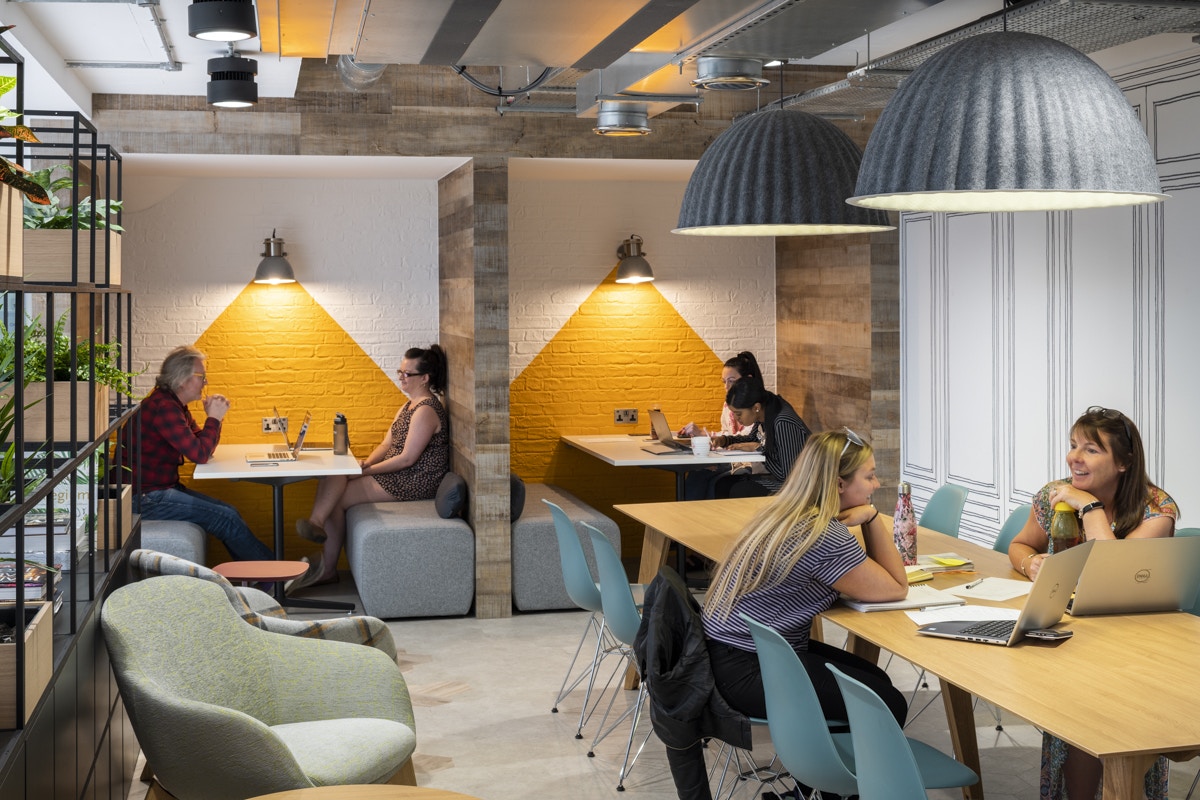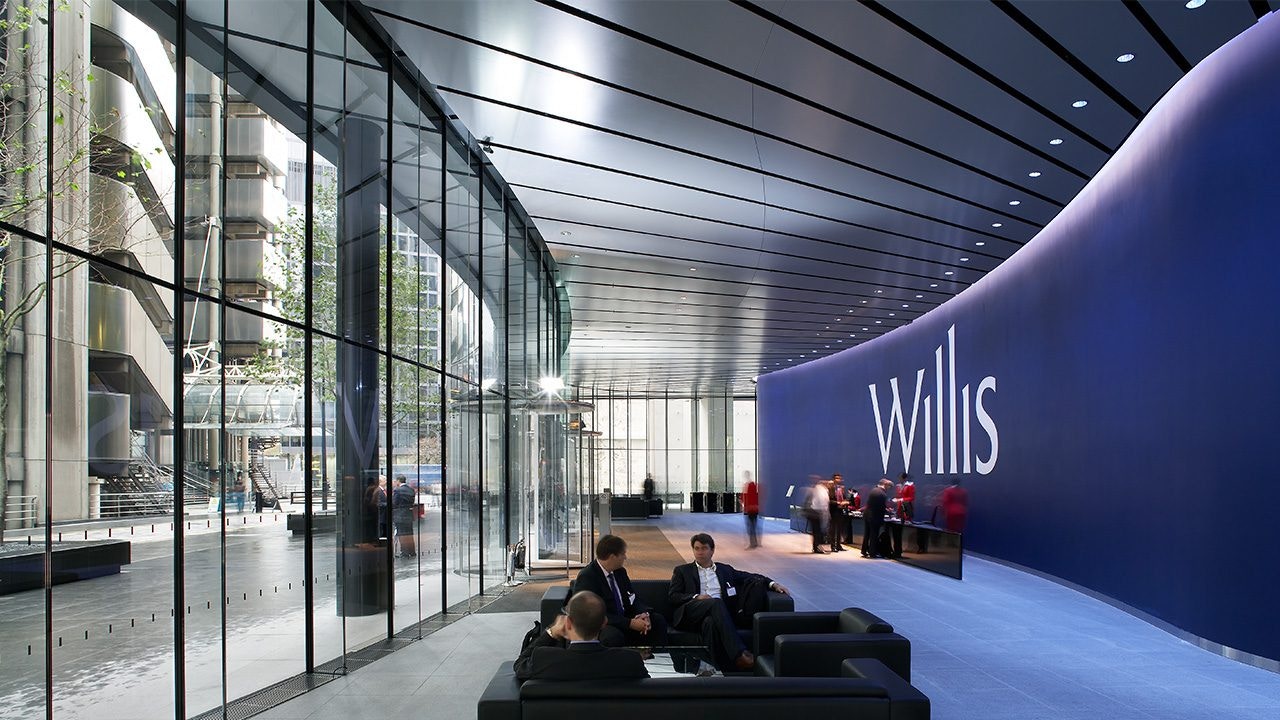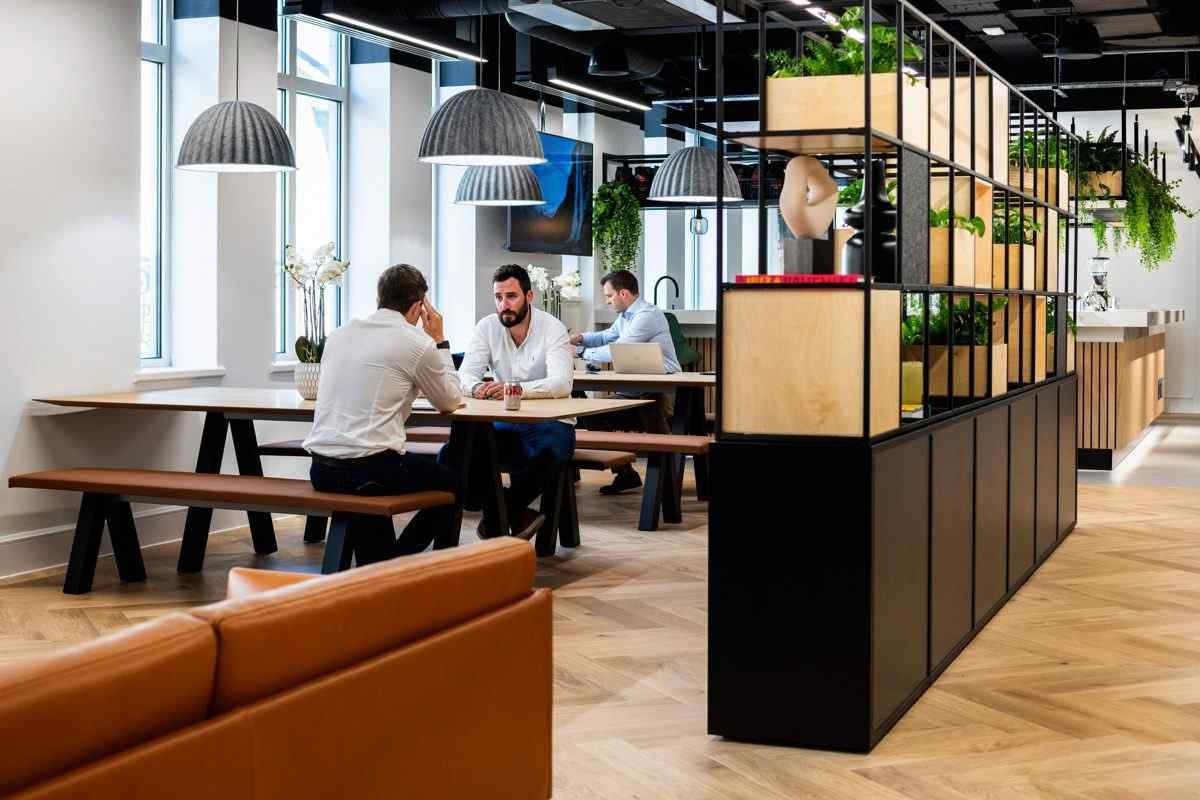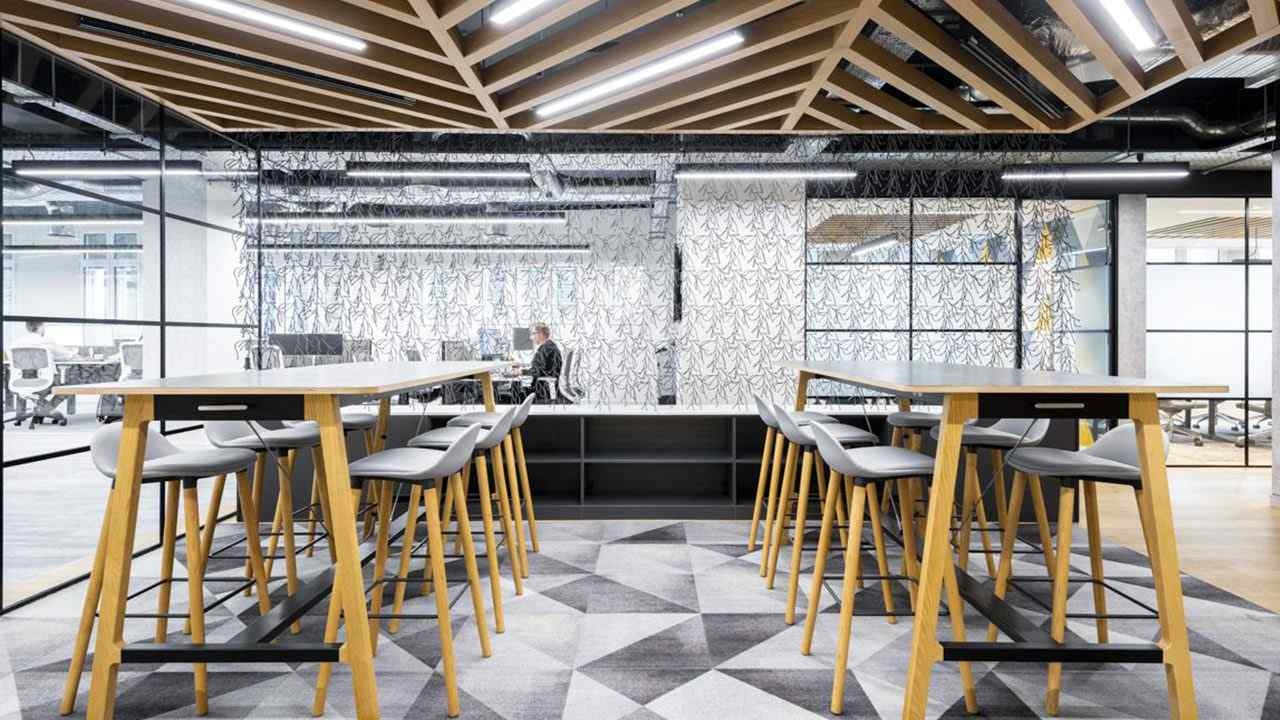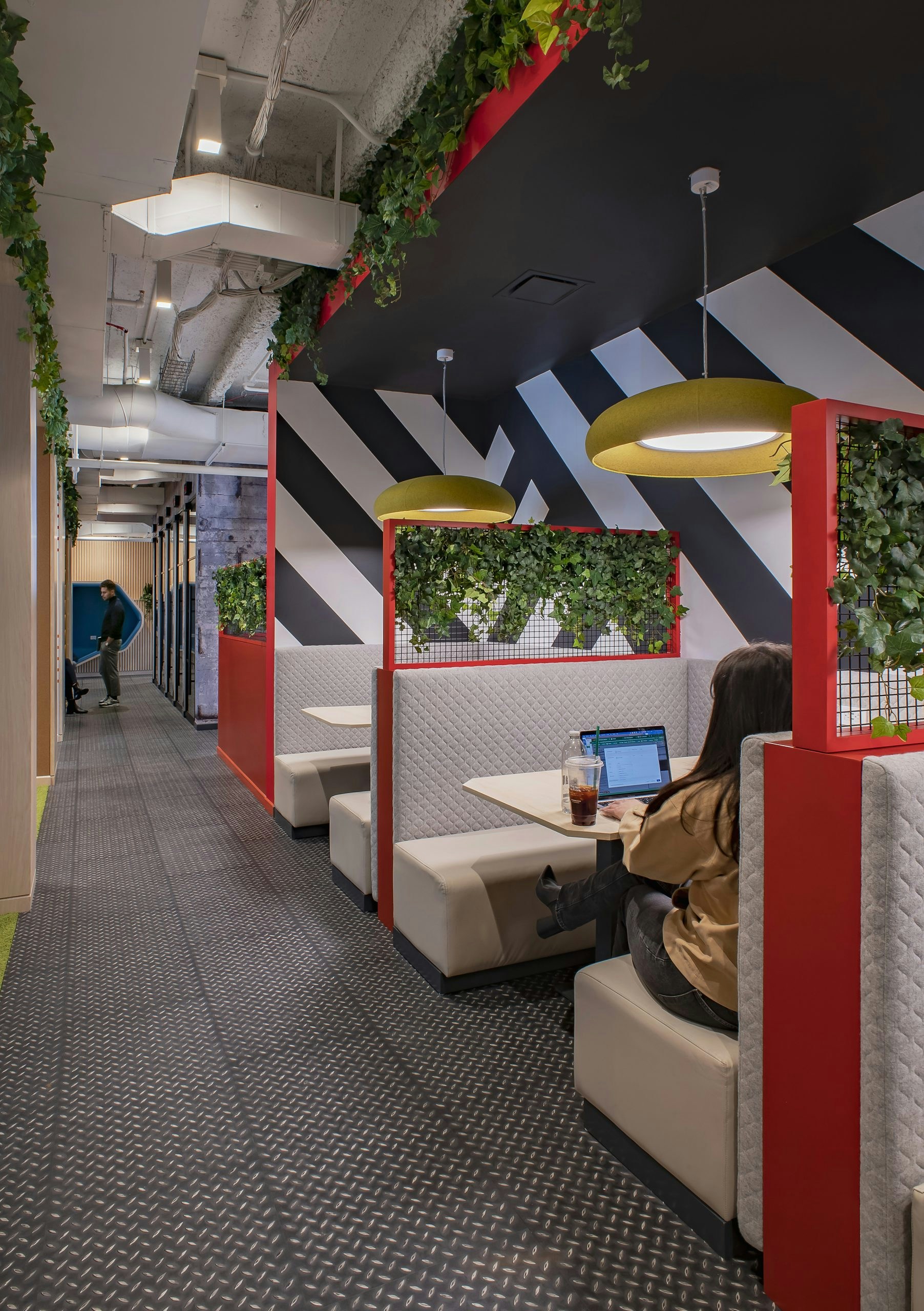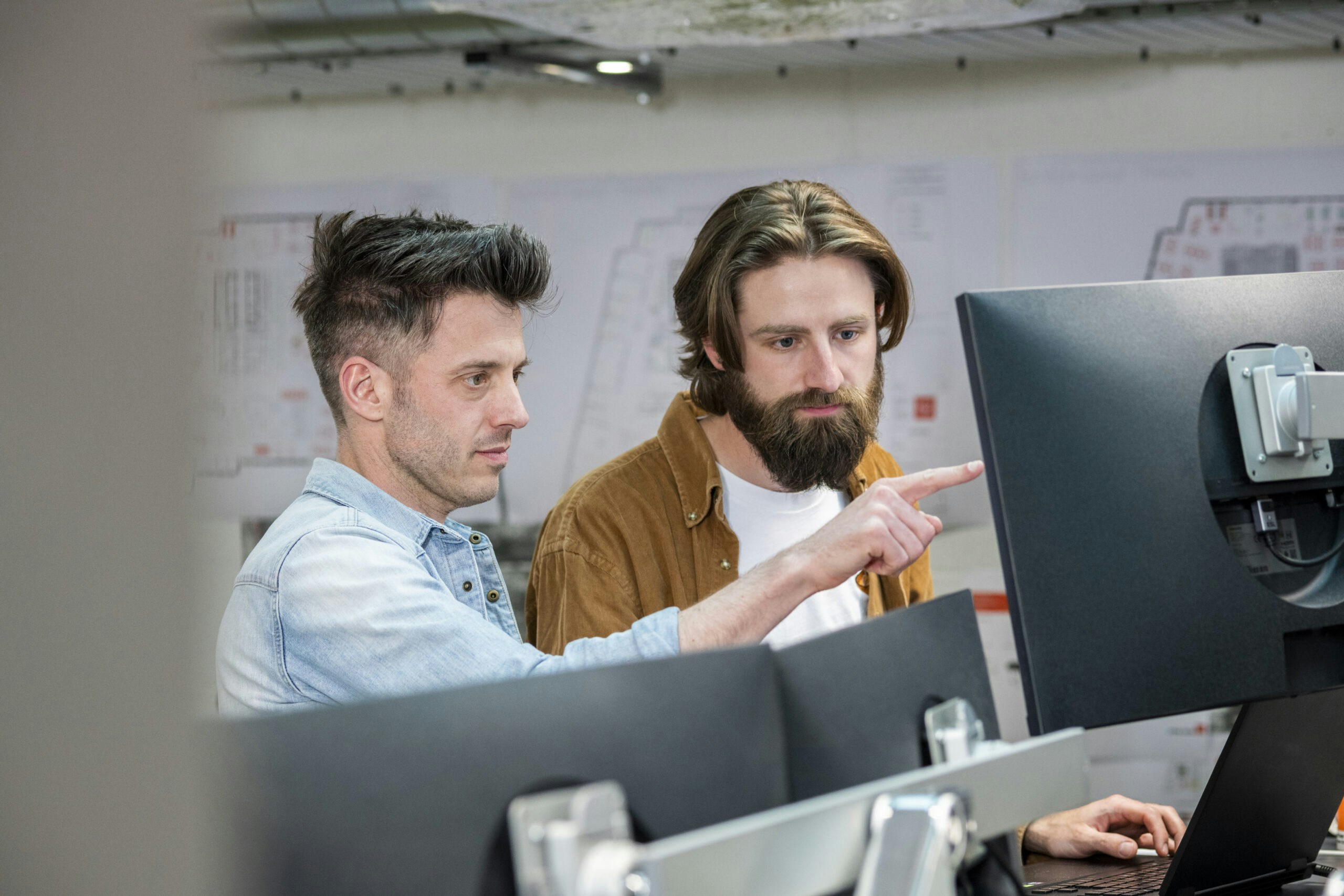Why does Office Space Need a Re-Think?
historically, office designs mirrored hierarchical structures with isolated cubicles. Yet, as modern workplaces have evolved significantly, there’s been a shift towards more open, collaborative spaces, spurred by technological advancements and a focus on fostering creativity. The trend of hybrid working has played a substantial role in this transformation. Data from the Office for National Statistics (ONS) indicates that 44% of workers engaged in in-home or hybrid working between September 2022 and January 2023, with 28% showing a preference for a hybrid model.
The inclination towards hybrid working is predicted to rise, as illustrated by a recent survey by Willis Towers Watson. Post-pandemic, UK companies foresee a substantial portion of their workforce, about 67%, adopting remote or hybrid working arrangements in the next three years, a significant increase from 21% before the pandemic. The survey further reveals that only two-fifths of UK respondents (44%) felt they effectively managed the risks associated with changing work dynamics over the past three years. These dynamics encompass changing work conditions, digitalisation, and alternative talent sources.
Regarding digitalisation preparedness, about 22% of UK respondents are anticipating and prepared for a greater use of digitalisation and automation. This is a bit behind the global figure of 33%, and among these respondents, 39% are redistributing work among employees, non-employees, and new technologies through job or role redesign, with an additional 19% planning to do so within the year.
When it comes to changing working conditions, half of the UK respondents (50%) are prepared, slightly ahead of the global figure of 44%. Among these, many have engaged in employee listening activities to understand changing preferences or to measure the impact of new work conditions. Additionally, over a fifth of UK respondents (22%) are ready for greater use of alternative talent sources, aligning with the global figure of 21%. These transformations in the workplace dynamics underline the imperative for a re-think of office space to accommodate the evolving needs and preferences of the workforce while managing the associated operational and people-centric risks effectively.
